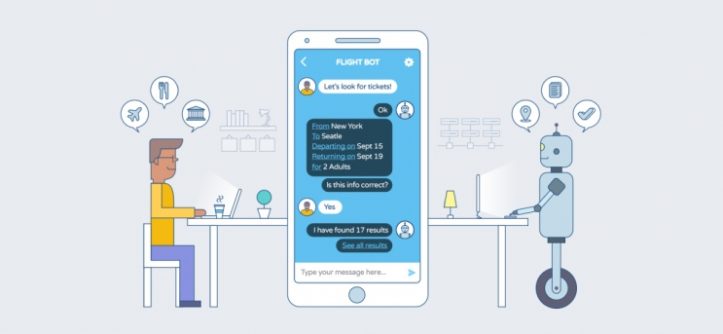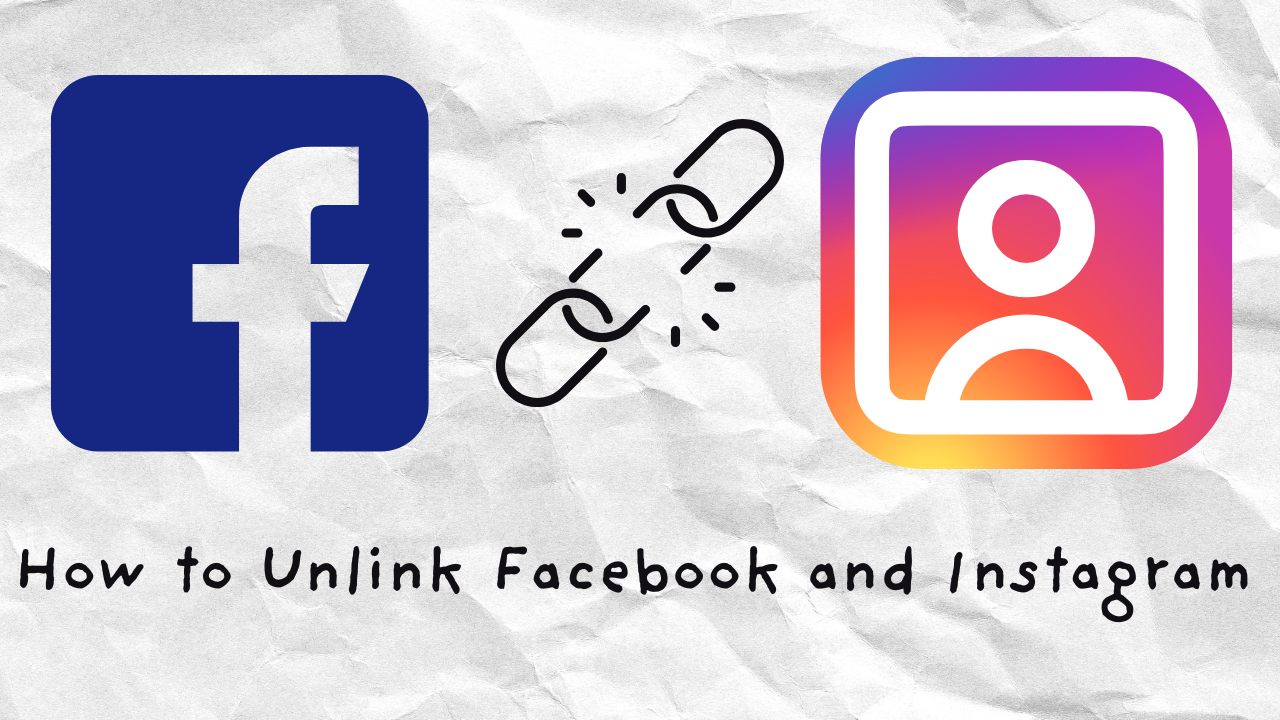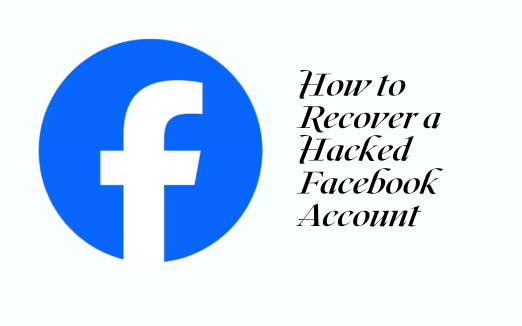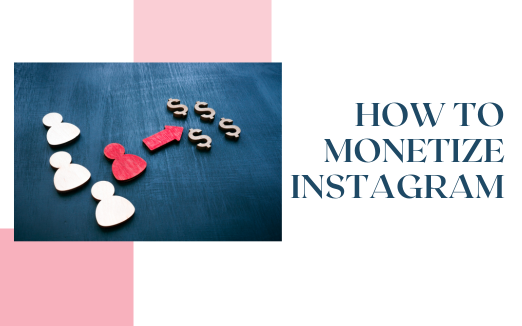You have heard about how intelligent they can be and how much they can help your business. In between all the giddiness, you begin to wonder how chatbots know how to respond.
Chatbots are certainly worth the hype, and if spent right on some of the best bots in the market like Zebrabuzz, they are worth every penny you spend on them.
Having a computer software program that can conveniently do the job of a whole marketing team and more should not be underrated, so you should understand what the ‘fuss’ is about.
While chatbots are beginning to gain grounds, only a few know the full extent of their capabilities.
Chatbots are well and truly the future of online marketing and their versatility in being able to work on multiple platforms like websites, mobile apps, and so on make them even better.
With it being able to work like an actual human (even more than a human in some cases), it begs the question, how do chatbots know how to respond?
What are the Types of Chatbots?
To carefully examine how chatbots know how to respond to users, one needs to know the types of chatbots that are available and how each of them works.
Chatbots know how to respond based on their type and how well they are trained. Presently, there are three major types of chatbots in existence, and they all know how to respond in quite distinct ways.
Read: How To Measure the Effectiveness of Your Chatbot
That implies that each of these types of chatbots learns how to respond to users’ questions, queries, and enquiries in different ways. Let us take a look at all three:
Decision-Tree Bots and How These Chatbots Know How to Respond
They are also referred to as rule-based chatbots. From their name, you would already have an idea as to how they work and how these chatbots know how to respond.
They are the simplest kind of chatbots that are in existence today, and these chatbots make use of a set of pre-defined commands and rules to respond.
Since they have been programmed to follow a pre-defined set of instructions and commands, it is no surprise that they are the un-chattiest of the lot.
The programming they have been placed under can either be simple or complex, but the fact remains that they follow a sequence and order.
Decision-tree chatbots are programmed like flow-charts; conversations are mapped out.
For example, a few multiple-choice questions are asked by the chatbot, and you choose one of the options, which then leads you to one with fewer options and so on.
You keep choosing one answer until it gets to the final question, which is most likely what you want to know or enquire about.
It is like predicting what a user wants to ask, so the way the chatbot knows how to respond is by following the pattern that has been laid down.
The thing about rule-based chatbots is that they are unable to answer questions that are outside their defined pattern or rules.
They also do not learn by interactions, unlike some of the other types of chatbots. They work solely on what is fed to them by the programmer.
Chatbots like this will only respond based on the scenarios that they have been prepared for. Conversations follow a linear pattern, and users usually are not free to type.
As a user, when you find out a chatbot is not answering your questions or attending to your enquiries the way you’d expect, it could be that it is a decision-tree chatbot.
The line of question or enquiry you are treading with it is not defined, and it may keep giving you irrelevant contents or repeating the same line of responses which can be frustrating.
Intellectually Independent Chatbots
These chatbots are more like an advanced form of decision-tree chatbots. However, they are advanced because they adapt to the user’s inputs through machine learning.
Machine learning is the ability of your chatbot to learn from user data as well as recognise human patterns without interference from humans.
These chatbots know how to respond by learning from the keyword inputs of your users and customers.
That is to say that your chatbot begins to learn from the keywords of users by itself and over time, adapt to them and begins to know how to respond to questions that are similar but structured differently.
This means that over time they improve themselves and thus know how to respond better.
They will still give a programmed response, but when questions are structured differently or take on new forms from how they were programmed, they will still be able to respond.
Take, for instance; you tell a bot “I want to create a new account.” The bot understands the keywords “create”, “new”, and “account”.
If a user comes tomorrow or in the future and asks “How do I create a new account?” Through machine learning, your chatbot has adapted using the keywords from previous users and will know how to respond.
Chatting with these kinds of chatbots is a bit more conversational as the topic of discussion or interests can change so long as keywords are being recognised.
Artificial Intelligence (AI) Powered Bots and How These Chatbots Know How to Respond

The most intelligent of the lot, these chatbots know how to respond like humans. They are arguably the best all-round and are used by top chatbot builders like Zebrabuzz and the likes.
While the previous two chatbots adhere to set rules and programs, AI-Powered chatbots more or less make their own rules.
They are very intelligent, more intelligent than the other types of chatbots but must be planned and guided properly to achieve maximum results.
AI-Powered chatbots know how how to respond because they have Natural Language Processing (NLP), Machine Learning (ML), and Semantic Comprehension.
Natural Language Processing is the ability of an AI-Powered chatbot to understand and analyse human speech, then find the correct response and reply most understandably for a human language.
NLP makes conversation with a chatbot feel like two humans talking. For example, take a look at the way you speak with Siri on your Apple devices.
Chatbots using NLP to know how to respond goes through two stages:
NLU – Natural Language Understanding
NLG – Natural Language Generation
With these two, these kinds of chatbots know how to respond by breaking down a user’s query into two parts, namely:
Intents
Entities
Intent is the query; the main information the user wants.
Entity is the additional information and details that accompany the intent.
For example:
If a user asks an AI-Powered chatbot this question: “What is the time in Manchester now?”
The intent in that question is ‘time’; the user wants to know the time.
However, AI-Powered chatbots like Zebrabuzz are intelligent enough to know that it is not just the time anywhere in the world; it is the time in Manchester, and presently (now).
Therefore, the entity here is “Manchester” and “now”.
By using these and a few other mechanisms, these chatbots know how to respond. Chatbots that can negotiate are also being made and will be introduced soon.







